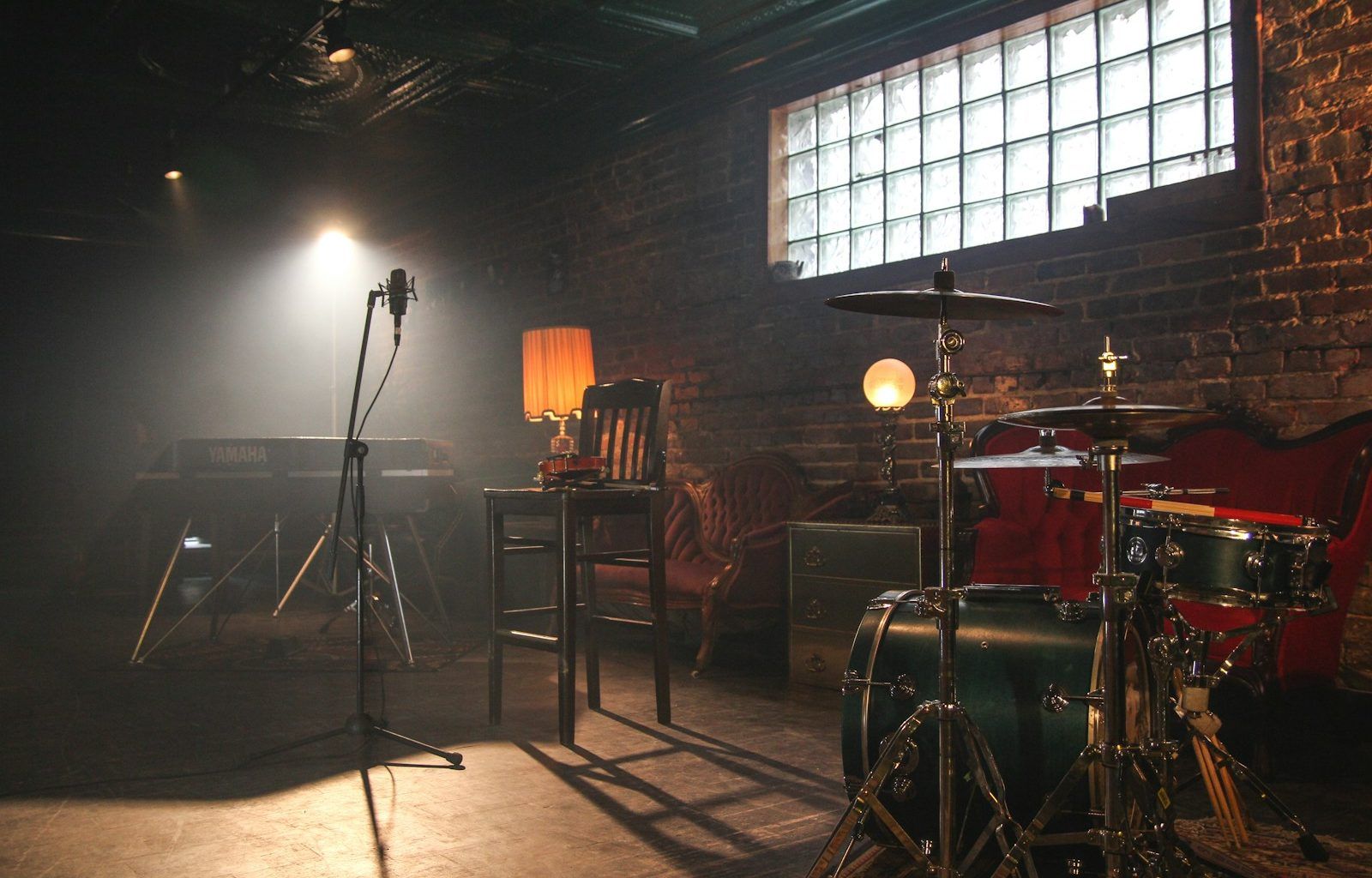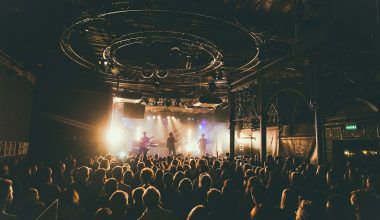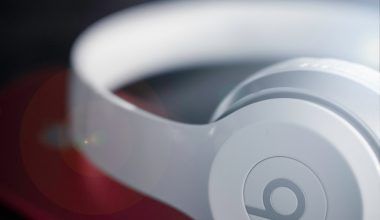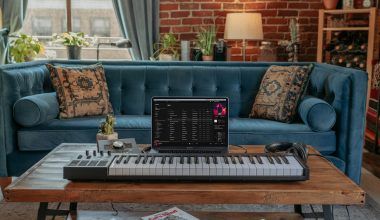Why Set Up Your Own Recording Studio?
Creating music is an art, and having your own recording studio setup lets you have complete control over your work. Whether you’re a budding musician, podcaster, or an audiophile, building your space is exciting and empowering.
Step 1: Choose the Perfect Space
Before you dive into buying fancy equipment, finding the right space for your recording studio setup is crucial. Here’s how to choose:
- Quiet and Isolated: Look for a room away from noisy areas like roads or bustling family spaces.
- Room Size: A medium-sized room is ideal; avoid cramped spaces as they can distort sound.
- Minimal Windows: Glass reflects sound, so fewer windows work better.
Step 2: Acoustic Treatment
Acoustics can make or break your recording studio setup. Don’t worry if you’re on a tight budget—start small.
- Bass Traps: Place these in corners to absorb low frequencies.
- Acoustic Panels: These control sound reflections on walls.
- Diffusers: These scatter sound waves, adding a natural feel to recordings.
Step 3: Essential Equipment for Your Studio
Here’s a checklist of must-have equipment for every recording studio setup:
1. Computer
Your computer is the heart of your studio. Go for a reliable one with good processing power. Mac or Windows—choose what you’re comfortable with.
2. Digital Audio Workstation (DAW)
This is the software where you record and edit your music. Some popular DAWs are:
- Pro Tools
- Logic Pro
- Ableton Live
3. Audio Interface
Connect your instruments and microphones to your computer using an audio interface. Look for features like:
- Phantom power (for condenser mics)
- Multiple input/output options
4. Microphones
Choose a mix of these two:
- Condenser Microphones: Best for vocals.
- Dynamic Microphones: Great for loud instruments like drums.
5. Headphones and Monitors
- Studio Headphones: Provide clear, unbiased sound.
- Studio Monitors: Invest in high-quality speakers for accurate playback.
6. Cables and Stands
Don’t overlook essentials like sturdy microphone stands and shielded XLR cables.
Step 4: Setting Up Your Gear
Once you’ve got your equipment, arrange it strategically:
- Desk: Place your computer, audio interface, and DAW control here.
- Monitors: Position these at ear level, angled slightly towards you.
- Microphone: Use a pop filter to improve vocal clarity.
- Cable Management: Use clips and ties to keep cables organized and safe.
Step 5: Soundproofing Tips
Soundproofing ensures that outside noise stays out and your sound doesn’t disturb others.
- Foam Panels: Line your walls with foam panels to reduce sound leakage.
- Door Seals: Install rubber seals around doors for better insulation.
- Carpets and Rugs: These help absorb sound and reduce echo.
Step 6: Lighting and Ambiance
Believe it or not, lighting affects creativity. Use adjustable LED lights to set the mood. Keep your workspace tidy and inspiring.
Step 7: Budget-Friendly Options
Worried about breaking the bank? Here’s how to save money:
- Second-Hand Gear: Many people sell studio equipment in good condition.
- DIY Acoustic Panels: Make your own using fabric and foam.
- Free DAWs: Try GarageBand or Audacity to start.
Step 8: Tips for Optimal Workflow
Once your recording studio setup is ready, here’s how to keep things running smoothly:
- Backup Data: Use cloud services or external hard drives to avoid losing work.
- Learn Shortcuts: Familiarize yourself with DAW shortcuts for faster editing.
- Routine Maintenance: Clean your equipment regularly to ensure longevity.
Advanced Features for Professional Studios
If you’re upgrading to a professional recording studio setup, consider these:
- Isolation Booths: These create a perfect environment for recording vocals or instruments.
- Advanced Monitors: Get precision monitors for detailed mixing.
- MIDI Controllers: Ideal for electronic music producers.
Troubleshooting Common Problems
Even the best setups face challenges. Here’s how to handle them:
- Static Noise: Check all connections and use a surge protector.
- Software Crashes: Keep your DAW updated and maintain sufficient storage.
- Echo Issues: Add more acoustic panels or rearrange your gear.
Connecting Your Studio to the World
Once you’re satisfied with your recording studio setup, share your creations! Platforms like Spotify, SoundCloud, and YouTube are great for showcasing your talent.
Final Thoughts
Building your recording studio setup is a journey. Take it step by step and enjoy the process. Remember, creativity flows best in a space that feels truly yours.
For further reading, explore these related articles:
- How Digital Distribution Platforms are Transforming Music for Independent Artists
- The Ultimate Guide to a Distribution Deal in Music: Take Your Career to the Next Level
For additional resources on music marketing and distribution, visit Deliver My Tune.






